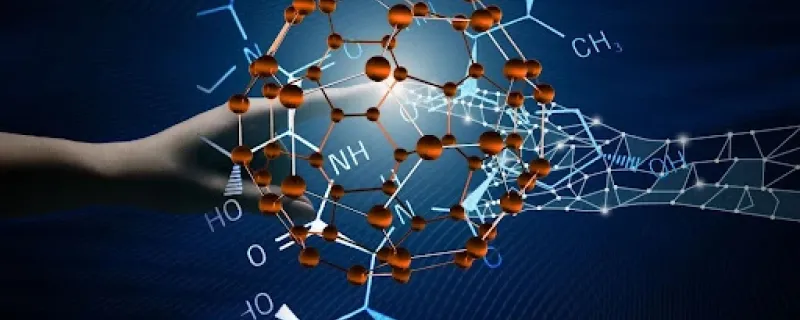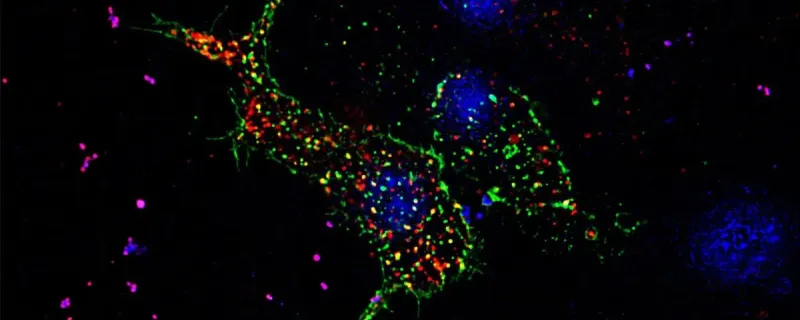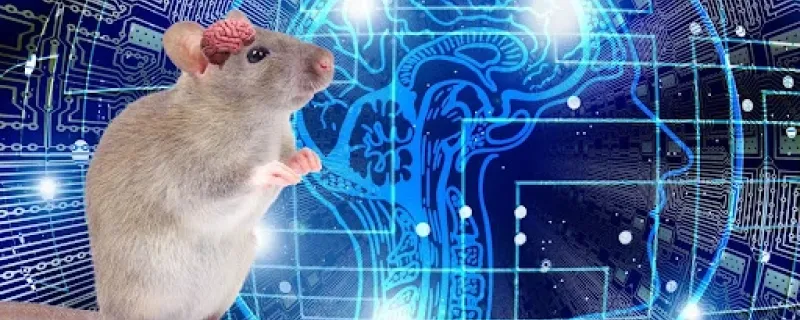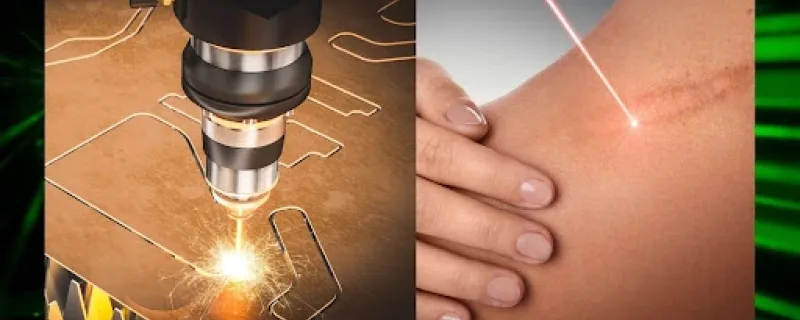A decade long study of adolescents and young adults aged 15 to 39 years who had histopathologically confirmed, high-grade bone sarcomas on their treatment regime and social relationships offers unprecedented insights.
New research from India reveals that, contrary to long-held scientific beliefs, feeding on trees and shrubs does not provide Asian elephants with more protein than grazing on grass.
Bengaluru/










